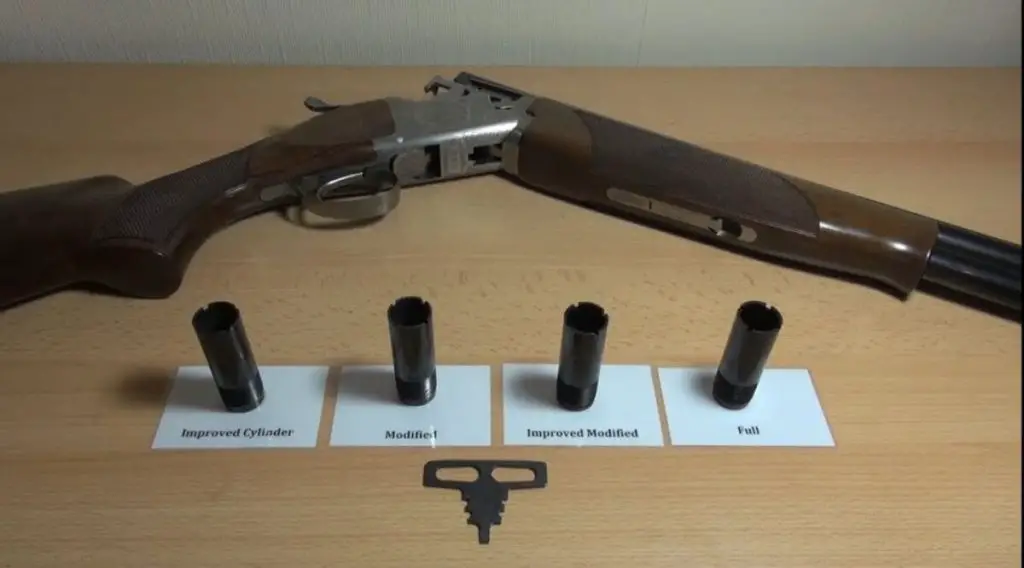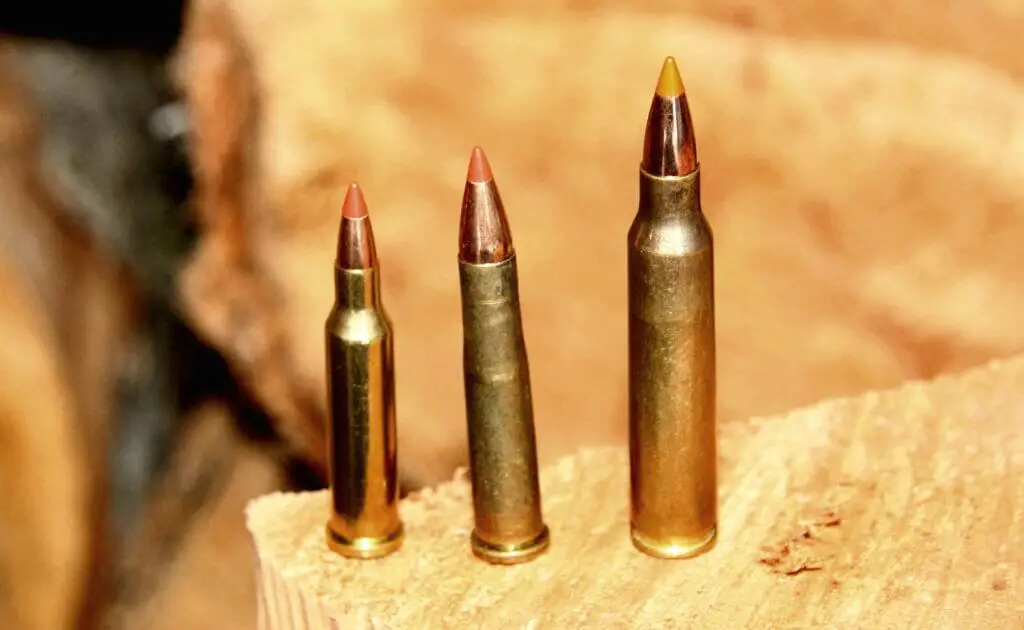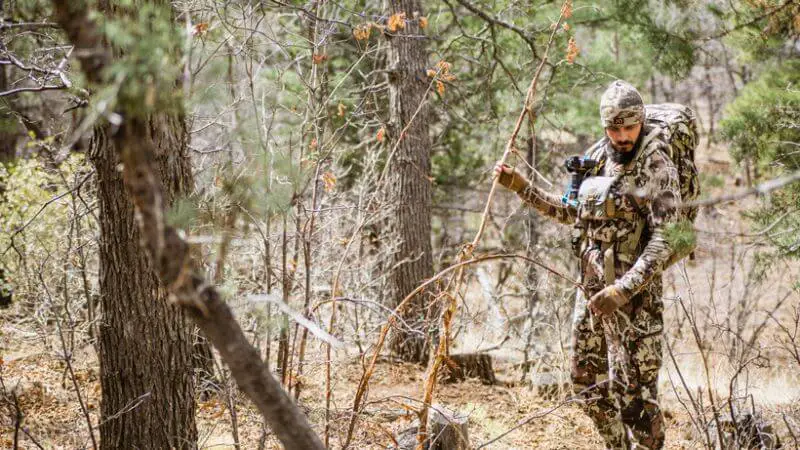In the world of ballistics and hunting, few topics generate as much interest and as much discussion as bullet performance, particularly bullet expansion and minimum velocity. One specific bullet type that has earned its share of attention in these discussions is the Barnes LRX. The Long-Range X Bullet (LRX) by Barnes is notable for its impressive high-performance characteristics, even at extreme ranges. This blog post will delve into the important aspect of Barnes LRX minimum velocity, also known as the velocity floor.
Understanding Barnes LRX Bullet and Its Characteristics
Before exploring the minimum velocity, it’s crucial to understand the Barnes LRX bullet and its unique traits. Barnes LRX bullets are lead-free projectiles designed specifically for long-range shooting. They offer exceptional ballistic coefficients and are capable of performing well in various hunting scenarios.
Design and Construction
The Barnes LRX bullet features a meticulously engineered design. It is built using an all-copper construction, with the only variation in the form of a plastic tip for improved external ballistics. This monolithic construction provides inherent toughness and reliability, which is crucial for large game hunting with high-powered rifles.
Ballistic Performance
Another critical factor to discuss is the bullet’s ballistic performance. Barnes LRX bullets boast excellent ballistic coefficients, ensuring less wind drift and flatter trajectories. This, in turn, translates to improved accuracy at longer ranges.
Diving into Barnes LRX Minimum Velocity
Now, onto the main topic of interest: the minimum velocity of a Barnes LRX bullet – how it is defined, why it matters, and what the Barnes LRX offers when it comes to this crucial performance parameter.
What is Minimum Velocity?
In bullet performance parlance, minimum velocity refers to the lowest speed at which a bullet can reliably expand upon impact. Bullet expansion is a critical aspect of hunting cartridges as it ensures sufficient energy transfer to quickly and ethically take down game. If a bullet fails to expand, it may not lead to an immediate kill and could result in wounded, suffering animals.
Why Barnes LRX Bullet’s Minimum Velocity Matters
The minimum velocity of the Barnes LRX bullet is crucial because its product design aims at ensuring reliable expansion even at extended ranges. Given that one of the selling points of LRX bullets is their long-range performance, understanding their expansion characteristics at minimum velocities is vital.
Barnes LRX Bullet: Minimum Velocity Figures
While actual figures may depend on bullet caliber and weight, Barnes bullets, including the LRX, generally expand reliably at velocities as low as 1600-1800 feet per second (fps). This performance even at such low speeds is made possible by their unique construction and high ballistic efficiency.
Detailed Minimum Velocity Figures for Different Bullet Sizes
The following table provides minimum velocity figures for some popular Barnes LRX bullets:
| Bullet Weight (grains) | Minimum Expansion Velocity (fps) | |------------------------|-----------------------------------| | 130 | 1800 | | 139 | 1700 | | 168 | 1600 |
It’s important to note that these figures may vary depending upon specific shooting conditions and game characteristics. Therefore, shooters should view these as rough estimates rather than absolute limits.
Improving Minimum Velocity Performance
If you’re looking to improve performance in terms of minimum velocity and bullet expansion, here are a few steps that could help:
Choosing the Right Caliber and Bullet Weight
Choosing the right bullet caliber and weight can positively affect the minimum velocity performance. Lighter bullets tend to retain their velocity better over longer distances, which means they could expand reliably even at longer ranges.
Optimizing Load Performance
Good load development practices can make a significant difference in your bullet’s overall performance. This includes accurate powder measurements, bullet seating depth adjustments, and consistent crimping.
Practicing Good Shooting Principles
Lastly, good shooting principles can play a significant role in ensuring optimal bullet performance. This entails proper aiming, trigger pull techniques, and breath control, all of which can significantly impact the bullet’s velocity and trajectory.
By understanding and considering the minimum velocity of Barnes LRX bullets, shooters and hunters can greatly improve their long-range shooting results. This is one of the many parameters that go into making an informed choice about the best bullets for different hunting situations.
Frequently Asked Questions
What is the velocity range of the Barnes TTSX?
The velocity range of the Barnes TTSX (Tipped Triple-Shock X) bullets may vary depending on the specific cartridge and load used. However, typically, the velocity ranges from around 2,500 feet per second (fps) to 3,500 fps.
What is the difference between Barnes LRX and TTSX bullets?
The main difference between Barnes LRX (Long-Range X) and TTSX bullets lies in their design and purpose. The LRX bullets are specifically designed for long-range shooting, offering high ballistic coefficients and exceptional accuracy at extended distances. On the other hand, the TTSX bullets are designed for both long-range shooting and controlled expansion on impact for hunting purposes.
What is the jump on a Barnes LRX bullet?
The “jump” refers to the distance between the lands (grooves) of the rifling in the barrel and the ogive (curved portion) of the bullet. Barnes recommends a jump of 0.050 inches to 0.070 inches for optimal performance with their LRX bullets. This ensures proper alignment and reduces the risk of pressure spikes.
What is the velocity of a Barnes TTSX 30-06?
The velocity of a Barnes TTSX bullet in a 30-06 cartridge can vary depending on the specific load used. However, typical velocities for a 30-06 TTSX round range from around 2,700 to 3,000 fps.
Can Barnes LRX bullets be used for hunting?
Yes, Barnes LRX bullets can be used for hunting purposes. They are known for their controlled expansion and high weight retention, making them effective for taking down game animals. However, they are primarily designed for long-range shooting and may not offer the same level of terminal performance as dedicated hunting bullets like the TTSX.
Are Barnes LRX bullets suitable for reloading?
Yes, Barnes LRX bullets can be reloaded. They are designed with a boat-tail base for improved ballistic performance and easier seating. It is important to follow proper reloading procedures and consult load data provided by Barnes to ensure safe and effective reloading.
What is the minimum velocity required for proper expansion of a Barnes LRX bullet?
The minimum velocity required for proper expansion of a Barnes LRX bullet depends on the specific caliber and bullet weight. It is recommended to consult the Barnes Reloading Manual or their website for specific details regarding the minimum velocity requirements for each LRX bullet.
Can Barnes LRX bullets be used in subsonic loads?
Barnes LRX bullets are not designed for subsonic loads. They are optimized for higher velocities and long-range shooting. Subsonic loads typically lack the necessary velocity for the LRX bullets to expand and perform effectively. It is advisable to choose a bullet specifically designed for subsonic applications.
Are Barnes LRX bullets lead-free?
Yes, Barnes LRX bullets are lead-free. They are made from solid copper, utilizing a one-piece design that eliminates the need for a lead core. This makes them suitable for hunting in areas where lead ammunition is prohibited or for those who prefer environmentally friendly options.
Can the Barnes LRX be used in magnum cartridges?
Yes, the Barnes LRX bullets can be used in magnum cartridges. They are designed to withstand high velocities and perform well at extended ranges. However, as always, it is essential to consult reliable load data specific to your cartridge and bullet weight to ensure safe and optimal performance.
- How to Put a Scope on a Mosin Infantry in Tarkov: A Quick Guide - November 7, 2024
- How to Edit a Scope Box in Revit: A Step-by-Step Guide - November 6, 2024
- How to Put a Scope on Mosin Tarkov: Expert Tips for Gamers - November 6, 2024


